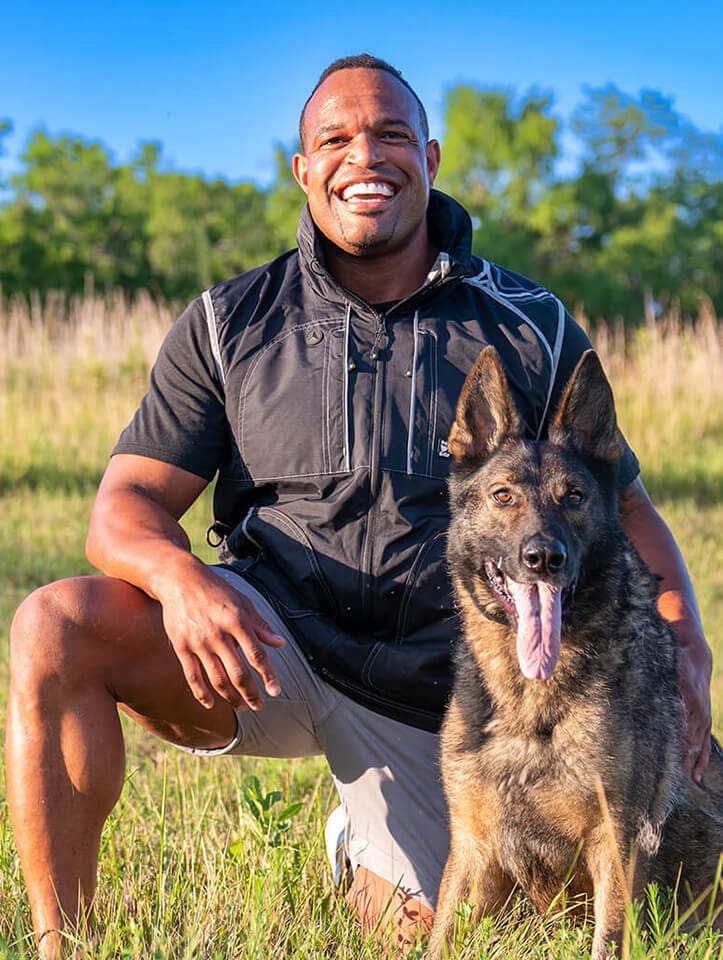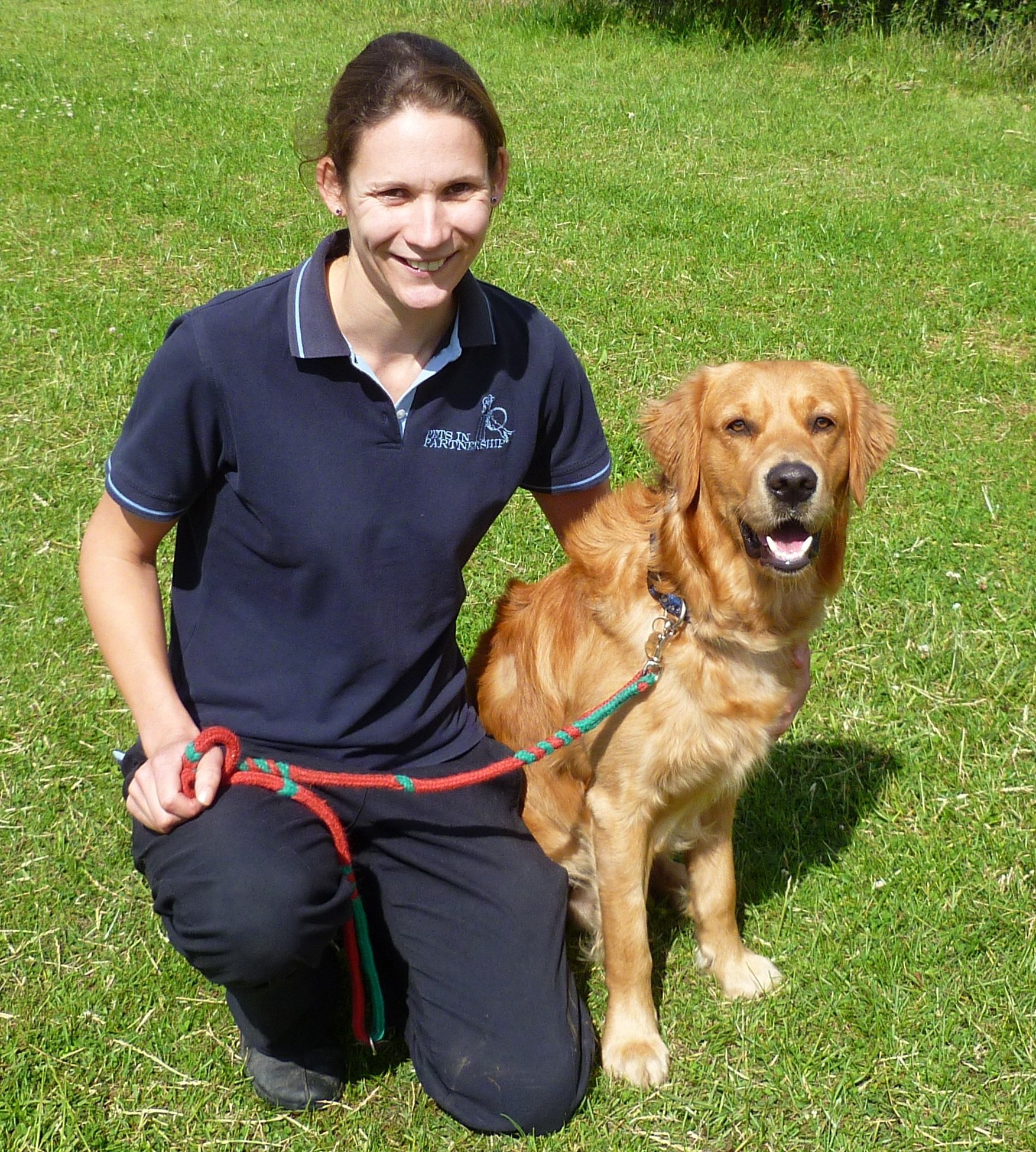Puppy Training for a easy learning experience.
Puppy Training for a easy learning experience.
Blog Article
Top Pet Dog Educating Tips for a Well-Behaved Companion
Educating your pet dog to be a well-behaved friend requires a nuanced understanding of canine behavior and the application of effective techniques. Necessary commands such as "Sit," "Stay," and "Come" act as the structure completely manners, while positive support methods can substantially boost learning. Developing a constant routine and focusing on very early socialization are essential elements that add to an unified connection. The trip to a genteel family pet includes more than just these essentials; it requires a deeper exploration of techniques that can change your training method.
Recognizing Canine Behavior
Understanding canine actions is necessary for reliable dog training and promoting a harmonious partnership between pet dogs and their owners. Pets are intricate creatures, displaying a vast array of habits influenced by genetics, environment, and socializing. Acknowledging the underlying motivations for a pet's actions-- such as worry, enjoyment, or territorial reactions-- can substantially improve training effectiveness.
Observing body language is an important aspect of understanding canine behavior. Tail setting, ear orientation, and position can offer valuable understandings right into a dog's emotion. A wagging tail does not constantly suggest happiness; it can also indicate agitation or anxiety. In addition, social communications with other pet dogs and humans play an essential role fit actions. Pet dogs that experience positive socializing are generally extra versatile and well-mannered.

Vital Educating Commands
Grasping vital training commands is important for establishing reliable communication in between pets and their owners. These commands act as the structure for a mannerly pet dog and can significantly boost the total relationship in between animal and proprietor.
Trick commands consist of "Sit," "Keep," "Come," "Down," and "Heel." The command "Sit" is typically the very first shown, as it encourages calmness and emphasis. "Stay" strengthens a dog's capability to continue to be in one placement, promoting self-control. "Come" is crucial for security, ensuring that your pet go back to you when called. "Down" advises your pet dog to rest, which can help in handling excited behavior. Dog training near me. "Heel" instructs your pet to stroll together with you, cultivating much better leash manners.
Practicing these commands in numerous environments helps pet dogs generalise their training and react suitably, regardless of disturbances. By investing time in instructing these essential commands, owners can cultivate an unified and respectful partnership with their canine buddies, boosting both safety and pleasure in daily interactions.
Favorable Reinforcement Methods
Positive reinforcement techniques are necessary strategies in pet dog training that concentrate on satisfying desired actions to encourage their reoccurrence. This strategy leverages the natural learning processes of canines, allowing them to associate particular actions with positive outcomes. By utilizing deals with, appreciation, or playtime as rewards, instructors can effectively motivate pet dogs to repeat the habits they intend to reinforce.
To carry out positive support, it is important to supply incentives instantly after the preferred behavior occurs. This assists the pet dog make a clear connection in more between their activity and the incentive. Consistency is additionally important; benefits ought to be provided every single time the desired actions is displayed throughout the preliminary training phase, gradually transitioning to a variable timetable as the habits comes to be extra trustworthy.
In addition, picking the right kind of incentive is vital. While treats are frequently reliable, some pet dogs may react much better to verbal appreciation or interactive play. Recognizing your dog's preferences can boost the training experience. Eventually, favorable support cultivates a relying on relationship between the canine and owner, making training a more enjoyable and efficient process that develops a mannerly companion.

Socializing Methods
Efficient socialization strategies are critical for a pet dog's development, as they aid establish an all-around and confident buddy. Very early direct exposure to different atmospheres, people, and other pets is crucial to protect against behavioral issues in adulthood. Start this procedure throughout the critical socialization period, which typically happens in between 3 and fourteen weeks old.
Introduce your young puppy to diverse stimulations, such as various surfaces, seems, and scents. Managed experiences with other canines and pleasant humans can promote favorable organizations. Puppy classes are an excellent source, giving structured atmospheres for social communication and discovering basic commands.
Gradually enhance the intricacy of socializing experiences. Take your pet to parks, pet-friendly stores, and public occasions, making sure each encounter declares. Observe your dog's reactions and remove them from frustrating circumstances to prevent fear-based responses.
Use positive support to award tranquil and positive actions during social communications. This could involve deals with, praise, or play. Remember, persistence is essential; each dog has its very own speed for adapting to brand-new experiences. By applying these socializing techniques, you lay the foundation for a well-adjusted and friendly canine buddy.
Uniformity and Routine
Establishing uniformity and regimen in pet dog training is essential for Recommended Reading cultivating a feeling of security and understanding in your pet. Pets flourish on predictability; knowing what to expect assists them really feel risk-free and reduces anxiety.
Integrating an organized routine right into your training sessions likewise enhances your dog's learning experience - Dog training near me. Arrange everyday training sessions at the anonymous same time each day, guaranteeing that both you and your canine are psychologically prepared. Short, frequent training sessions are extra effective than long, occasional ones; go for 5 to 10 mins of concentrated training numerous times a day
Integrate training into everyday tasks-- compensate your pet for sitting before dishes or walking calmly on a leash. Overall, a constant approach, matched with a structured routine, lays the foundation for a well-behaved buddy, advertising a harmonious connection in between you and your pet.
Final Thought
Positive support strategies serve to urge desired actions, while early socialization prepares dogs for diverse atmospheres. By emphasizing these vital components, the bond in between owner and pet reinforces, inevitably leading to a harmonious and meeting partnership.
Report this page